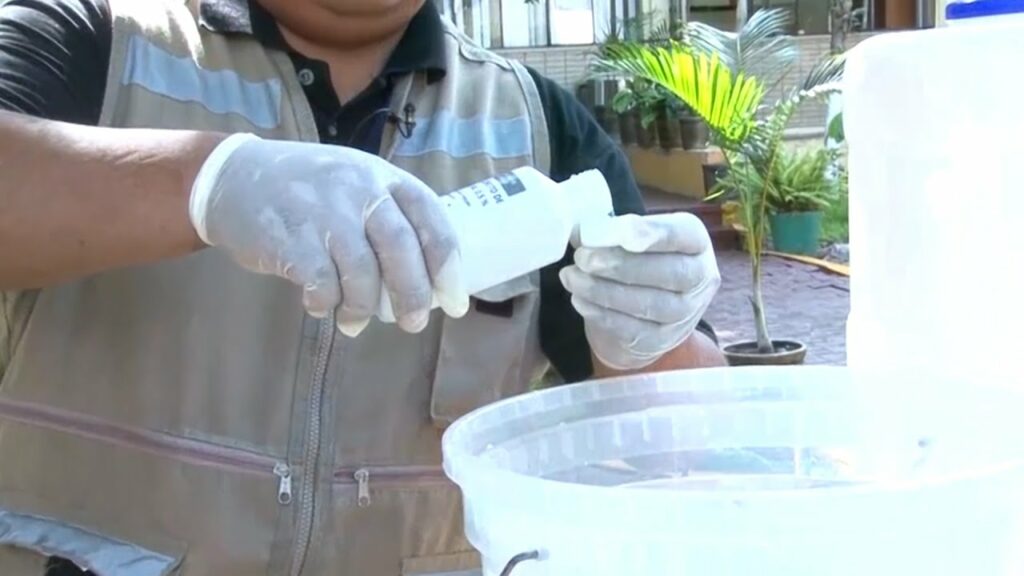General Overview
The amount of chlorine used for 1000 liters of water depends on the purpose for which it is being used. Chlorine is an essential component of water treatment and disinfection processes, and is often used in water purification systems. Chlorine is a powerful disinfectant that kills bacteria and other microorganisms that can cause diseases. Chlorine is also used to reduce odors, tastes, and other contaminants in water.
Chlorine Usage for Water Treatment
Chlorine is used in water treatment systems to disinfect the water and remove any potential contaminants. The amount of chlorine used depends on the type of water treatment system, the type of water being treated, and the type of contaminants present. In general, the amount of chlorine used is determined by the chlorine demand of the water. This is the amount of chlorine needed to inactivate all the bacteria, viruses, and other microorganisms present in the water.
The amount of chlorine used can range from 0.2 to 1.0 parts per million (ppm). For drinking water, the amount of chlorine used is usually between 0.5 to 0.8 ppm. For swimming pools, the amount of chlorine used is usually higher, typically between 2.0 to 5.0 ppm.
Chlorine Usage for Disinfection
Chlorine is also used for disinfection purposes, such as for swimming pools, hot tubs, and water parks. The amount of chlorine used for disinfection is usually higher than for water treatment. The amount of chlorine used depends on the size of the pool, the type of water, and the type of contaminants present. In general, the amount of chlorine used is usually between 2.0 to 5.0 ppm.
Conclusion
In conclusion, the amount of chlorine used for 1000 liters of water depends on the purpose for which it is being used. For water treatment, the amount of chlorine used is usually between 0.2 to 1.0 ppm. For disinfection, the amount of chlorine used is usually between 2.0 to 5.0 ppm.

